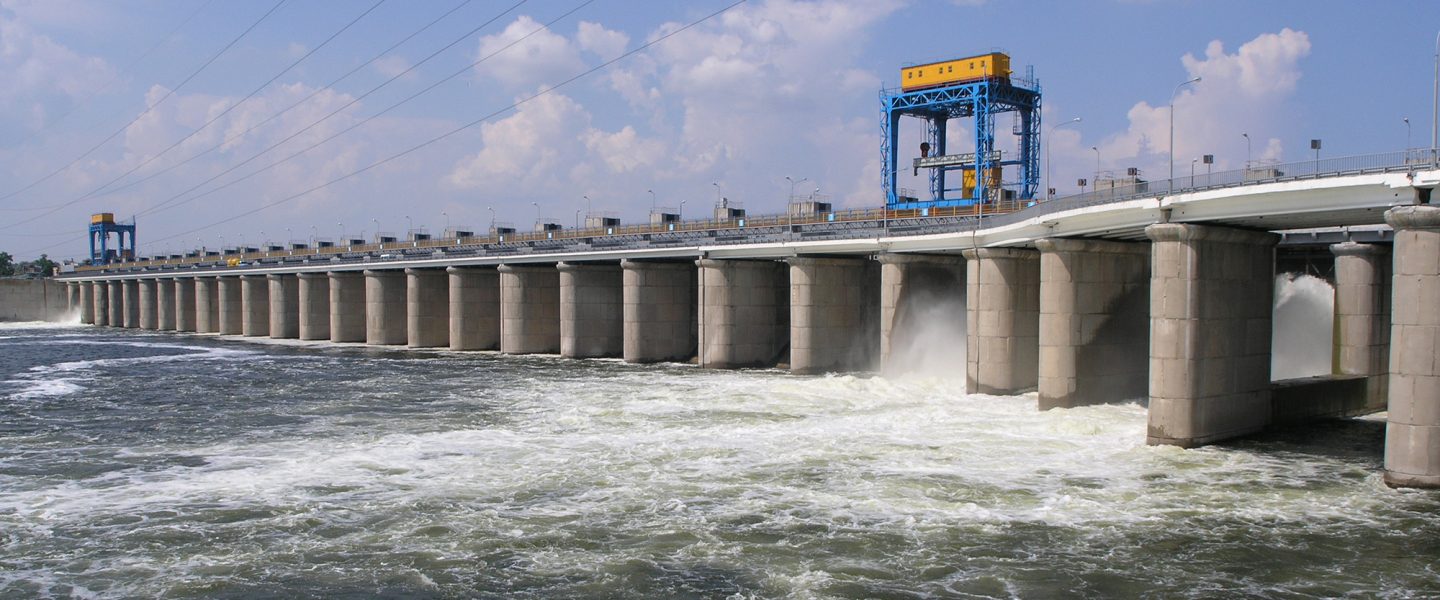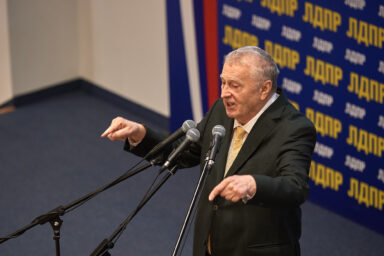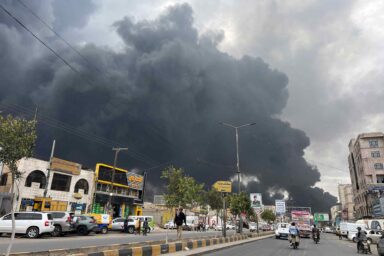Ukrainian President Volodymyr Zelenskyy is blaming “Russian terrorists” for the destruction of a crucial dam and hydroelectric plant in southern Ukraine.
|
Listen To This Story
|
Ukrainian President Volodymyr Zelenskyy is blaming “Russian terrorists” for the destruction of a crucial dam and hydroelectric plant in southern Ukraine. An explosion at the structure early Tuesday morning has caused water from a reservoir to flood into nearby areas, thereby jeopardizing the lives of thousands of residents. In addition, the sinking water levels of the reservoir threaten the safety of a nearby nuclear power plant, which relies on the water for cooling.
“Russian terrorists. The destruction of the Kakhovka hydroelectric power plant dam only confirms for the whole world that they must be expelled from every corner of Ukrainian land,” Zelenskyy tweeted at 1:24 a.m. ET.
The tweet is accompanied by a video that shows water surging through a massive gap in a dam that once held back a massive reservoir or water. Several news organizations have since verified the authenticity of the video.
“Not a single meter should be left to them, because they use every meter for terror,” Zelenskyy wrote. “The terrorists will not be able to stop Ukraine with water, missiles or anything else.”
It is too early to tell who is to blame for the explosion, and both sides have traded accusations.
Along with Zelenskyy, NATO Secretary General Jens Stoltenberg also blamed Russia.
“The destruction of the Kakhovka dam today puts thousands of civilians at risk and causes severe environmental damage,” Stoltenberg tweeted. “This is an outrageous act, which demonstrates once again the brutality of Russia’s war in Ukraine.”
Russia, for its part, said Ukraine is behind the destruction of the dam.
There is some circumstantial evidence that points to Russia as the more likely culprit.
According to a French website that monitors the water levels of rivers and lakes across the globe, the water level of Lake Kakhovka had fallen to record lows earlier this year before surging to record highs right before the explosion. In the past four months, water levels in the reservoir lake had risen by more than 10 feet.
This has led to some speculation that the Russians who were in control of the dam had held back water in previous weeks to maximize the impact of flooding.
In addition, the timing of the explosion coincides with Ukrainian forces launching a series of attacks along the front. It is not yet clear whether these attacks are part of Ukraine’s highly anticipated spring offensive. It is also too early to tell how the flooding would affect any military actions in the region.
One piece of good news is that, as of this morning, it appears that the safety at the nearby Zaporizhzhia nuclear power plant, which has been shut down but still requires cooling water, is not immediately compromised.
The International Atomic Energy Agency (IAEA) said its experts at the facility are “closely monitoring the situation.” The IAEA added that there is “no immediate nuclear safety risk at [the] plant.”




